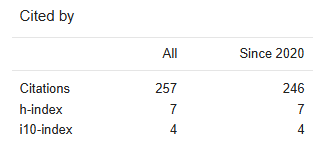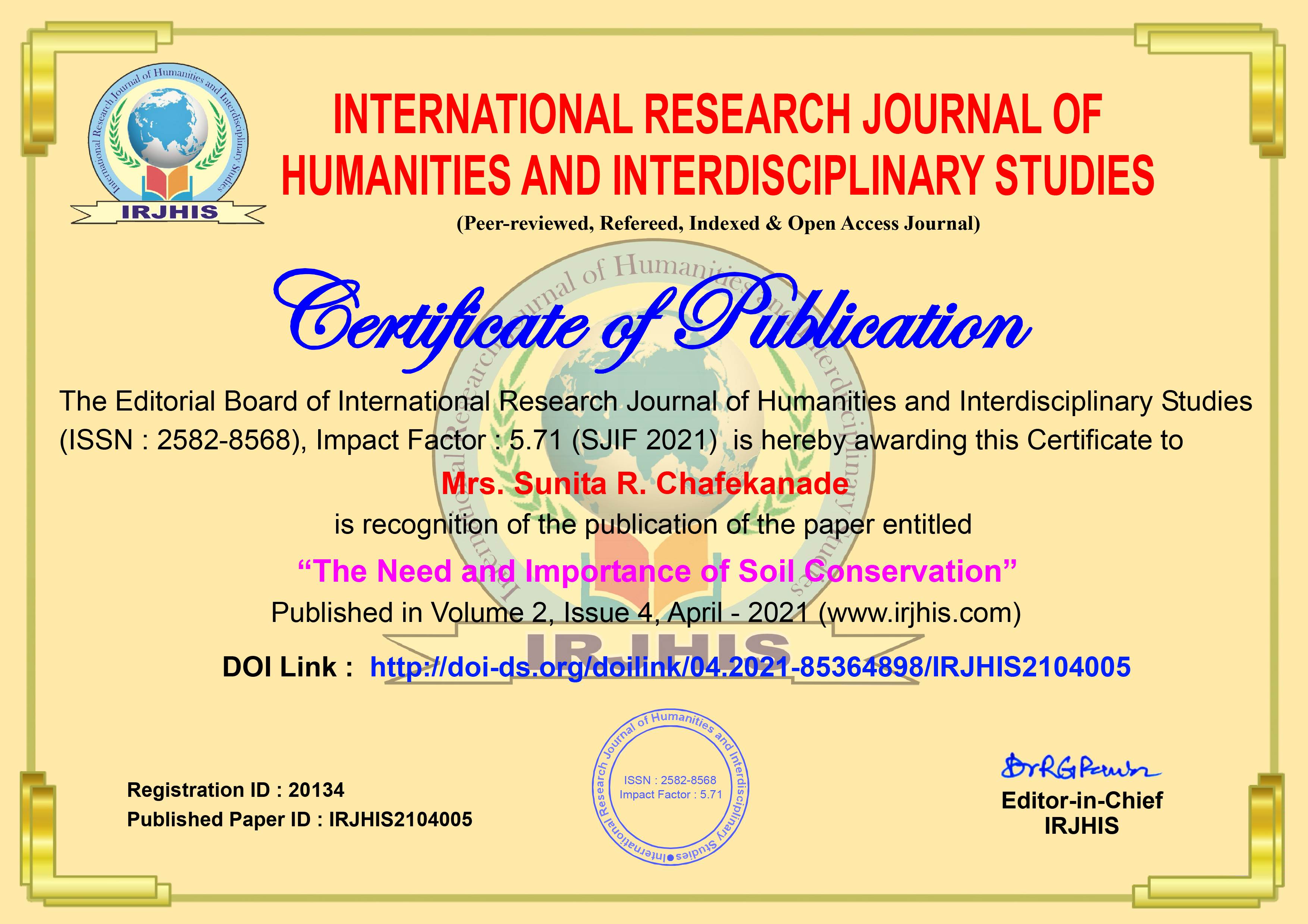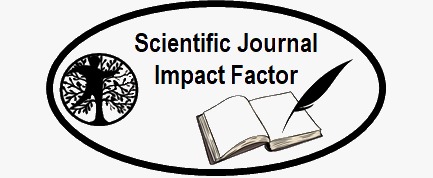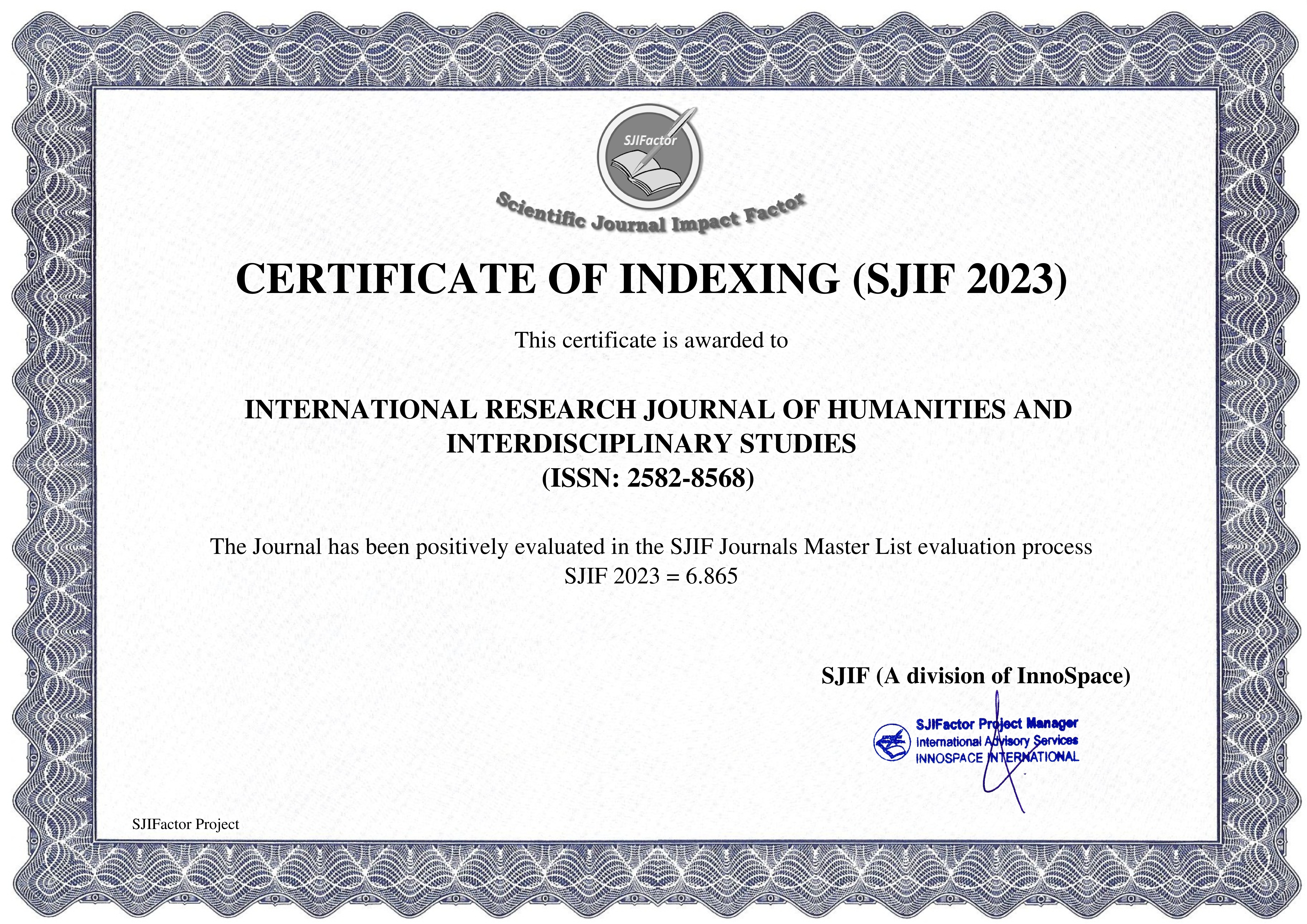Paper Details


Call For Papers
Volume 06, Issue 11
Frequency: 12 Issue per year
Paper Submission: Throughout the Month
Acceptance Notification: Within 2 days
Areas Covered: Multidisciplinary
Accepted Language: Multiple Languages
Journal Type: Online (e-Journal)
Announcement

Publish books with ISBN Number
- Edited Book
- Text Book
- Ph.D Thesis
- Conference Proceedings
ISSN Number:
2582-8568
Journal DOI No:
03.2021-11278686
Title:
Actors and Actants in Environmental Governance
Authors:
Cite this Article:
,
Actors and Actants in Environmental Governance , International Research Journal of Humanities and Interdisciplinary Studies (www.irjhis.com), ISSN : 2582-8568, Volume: 5, Issue: 3, Year: March 2024, Page No : 104-113,
Available at : http://irjhis.com/paper/IRJHIS2403012.pdf
Abstract:
For a long time, public-sector actors have been the main focal agents in the process of environmental policy-making; with changing times, the approach and strategies towards the matter have changed as well. The state institutions or the public sector are aided and assisted by several other agencies. There is a move from government to governance and multilevel governance; since various institutions and agencies participate in the making of policies geared towards addressing environmental issues. These policies aim to reduce the impact of environmental changes and disasters, whether caused by nature or humans while meeting the current and future needs of the community. Public and private actors today work through strategies of coordination and collaboration; leaving space for local communities to participate as well. This is due to the understanding that the relationship between certain communities and nature goes beyond the conventional understanding of human-nature interactions and this is reflected in their active participation in environmental governance. Environmental governance with Actor-network theory (ANT) encompasses more than just the anthropogenic standpoint of nature-human relations; in this, the capacity of human and nonhuman agents to influence action is also to be acknowledged. Collaboration and network-based approach through ANT stresses actors and actants working as agents or co-agents in environmental governance.
Keywords:
Environmental governance, multi-level governance, actors, actants.
Publication Details:
Published Paper ID: IRJHIS2403012
Registration ID: 21345
Published In: Volume: 5, Issue: 3, Year: March 2024
Page No: 104-113
ISSN Number: 2582-8568
Download Full Paper: Click Here
Article Preview:





